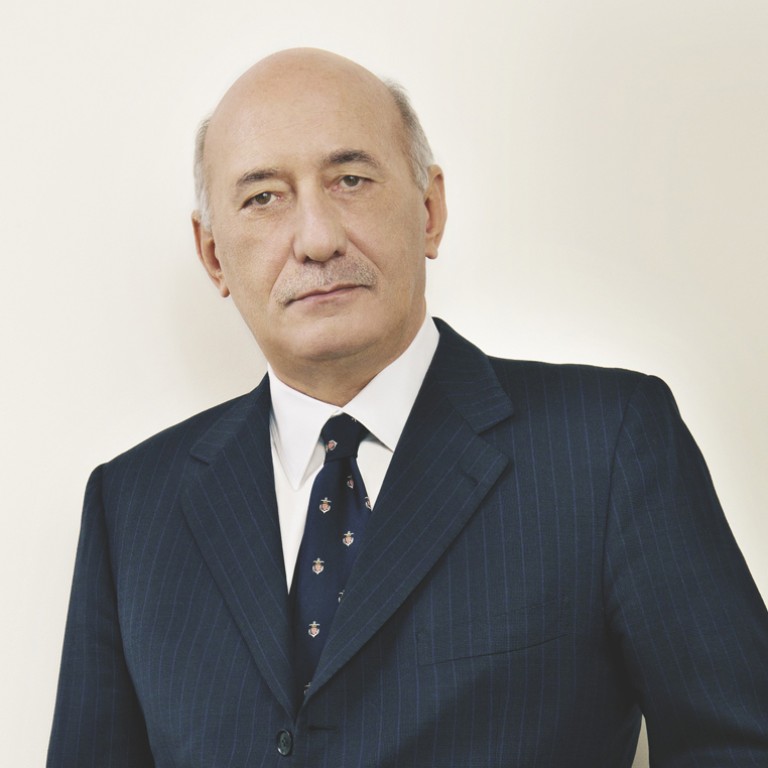Panerai's decision to set up its own quality manufacture gave it control of movement

A. The vision was to try to create a brand with some characteristics, some exclusivity, respecting the DNA of the brand, working in order to obtain a brand with a lot of technical values. That was the main vision, but with some conditions. The conditions were to keep the product as the vintage ones [and] to continue to develop this in other products, but keeping the case shape, the style ... it's the way to be timeless. And we did it. The first marketing plan was only three pages of bullet points. We must put in the DNA … we have to develop the value of the family of Florence, and develop the design link to the sector. And through the years, we respect the DNA and we try to create a brand with all those characteristics, but with the high quality of my factory and distribution.
A. Panerai was not that well-known as a watch. Everything came from the fact that the [navy] had asked Panerai to produce a watch for specific missions with specific characteristics - it had to be water-resistant and have a strong case. They worked on this without great experience in watchmaking, but they had expertise of precision micromechanics. In five years they produced more or less 300 pieces. With this link to the history, you also link to the history of the family, the history of the commanders, the people who had some values, because they use the instrument produced by Panerai in order to go to war, and the city of Florence and the typical Italian family.
A. If we wanted to continue to reach our strategy, we needed to change. We needed to have a movement, to have a quality manufacture. Otherwise, Panerai would not survive. If you continue to use movements from others, you cannot have the exclusivity, you cannot have your specific know-how, you cannot have control of quality. What matters most is what kind of product you offer to your client. When we produced our first movement, people were asking what Panerai was trying to do. Even within the company, some were convinced and some were not. I looked myself in the mirror and said, "You have to go with it". You have to believe in what you are doing. And it was absolutely the right decision. So now we have our own movements.
A. Yes, but don't forget that the decision was taken two years after our launch, in 1999. We didn't waste a lot of time on making this decision, because we were convinced that without this, we wouldn't get here in time. Some other brands didn't do it and are suffering for it now.
A. I don't know, because I'm not a crystal ball. What I did for Panerai may not be right for other brands. What do strong brands have? They need to be correct with themselves, they need to own their own manufacture, they need to have their own proper movement. They cannot escape from that, they cannot.
A. Not at all. I consider the competition and the companies on the market with much respect, but you cannot create your strategy based on what the competitors are doing. You have to follow your own style, your path. And then, if you are across with another brand, you can measure the difference between you and the other brand. Otherwise you have to continue along your own path.
A. I want people who come with proposals - and not with problems. You have to come to this table with a proposal. If they come with problems, they don't do their jobs. Their job is to solve problems. I also look for love for the brand, and patience. If you sit on a chair thinking, "When do I have to leave, because I have to go to golf", I waste my time. You cannot spend days thinking about that. If you enjoy your job, [you] change the job. If you don't enjoy it anymore, you have to change.
Winnie Chung

Panerai's CEO Angelo Bonati says the brand is reaping the benefits of ensuring all the components of its watches are done in-house